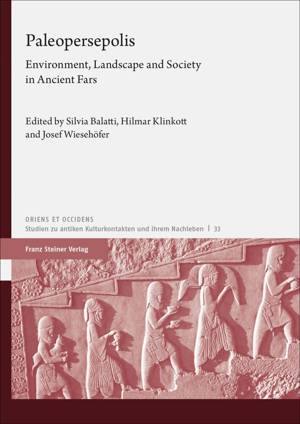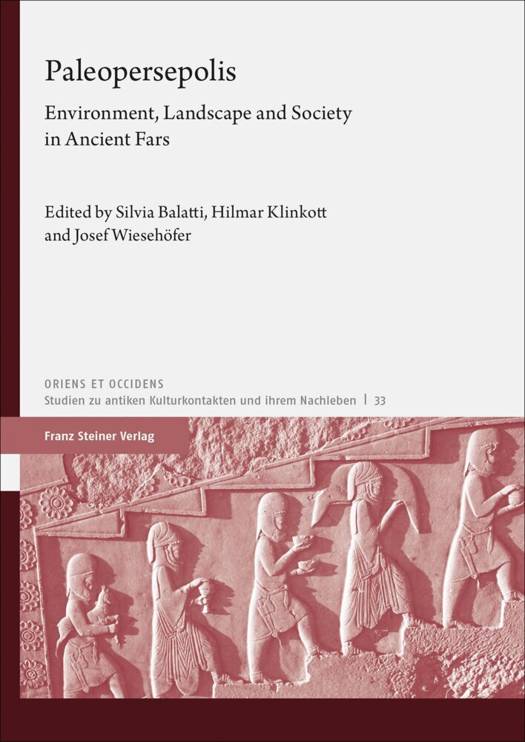
- Afhalen na 1 uur in een winkel met voorraad
- Gratis thuislevering in België vanaf € 30
- Ruim aanbod met 7 miljoen producten
- Afhalen na 1 uur in een winkel met voorraad
- Gratis thuislevering in België vanaf € 30
- Ruim aanbod met 7 miljoen producten
Zoeken
Omschrijving
Parsa, approximately corresponding to the modern-day Iranian province of Fars, can reasonably be considered to occupy a prominent place in the history of Ancient Iran. Indeed, it was the heartland of the Persian empires of the Teispids, Achaemenids and Sasanians. The spectacular archaeological remains of Fars are well known - we need only think, for example, of the monumental remains of Persepolis. Much less is known about life outside of the royal palaces and about human-environment interactions in this region. In recent decades, a new interest in socio-environmental issues in the humanities, the use of innovative scientific methods in archaeology, and the rapid expansion of the field of paleoenvironmental studies have vastly increased the potential for investigating this topic from an interdisciplinary perspective. The contributions to this volume are the result of a scholarly effort to investigate the landscape and society of ancient Fars using an integrative approach, which benefits from the contributions from the humanities and the natural and technological sciences.
Specificaties
Betrokkenen
- Uitgeverij:
Inhoud
- Aantal bladzijden:
- 313
- Taal:
- Engels
- Reeks:
- Reeksnummer:
- nr. 33
Eigenschappen
- Productcode (EAN):
- 9783515126229
- Verschijningsdatum:
- 28/04/2021
- Uitvoering:
- Hardcover
- Formaat:
- Genaaid
- Afmetingen:
- 170 mm x 239 mm
- Gewicht:
- 748 g

Alleen bij Standaard Boekhandel
+ 373 punten op je klantenkaart van Standaard Boekhandel
Beoordelingen
We publiceren alleen reviews die voldoen aan de voorwaarden voor reviews. Bekijk onze voorwaarden voor reviews.







